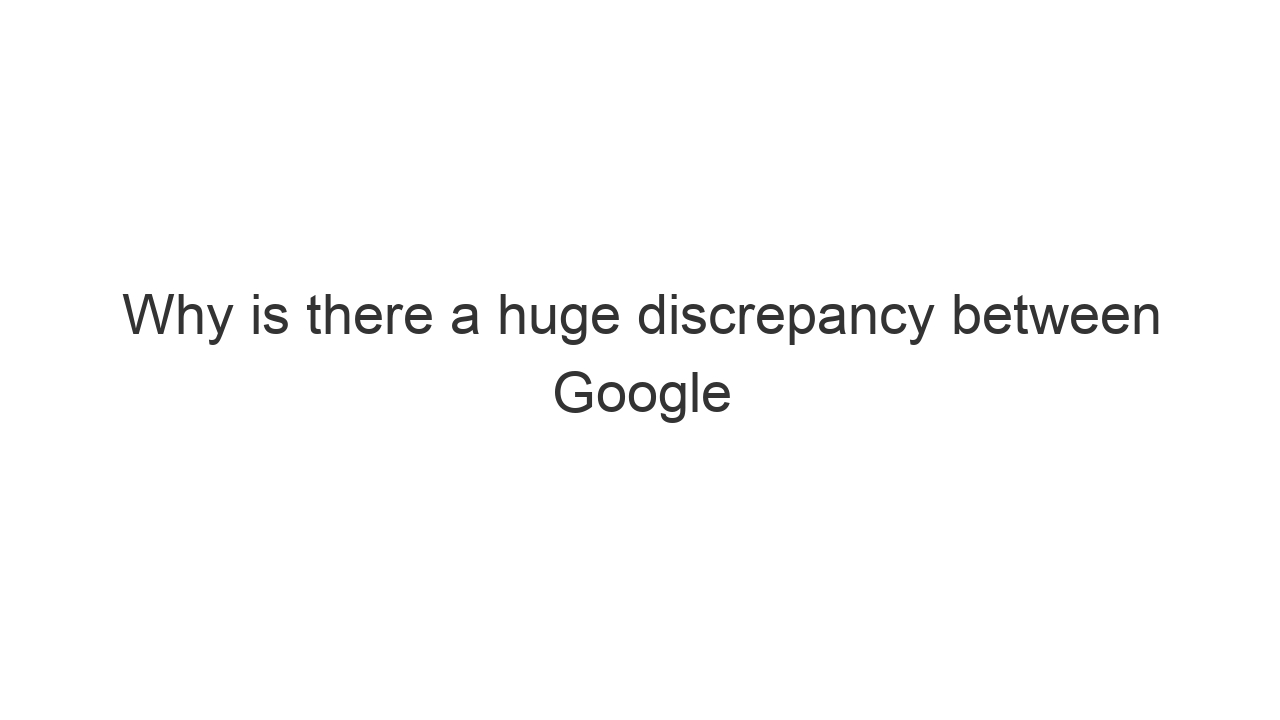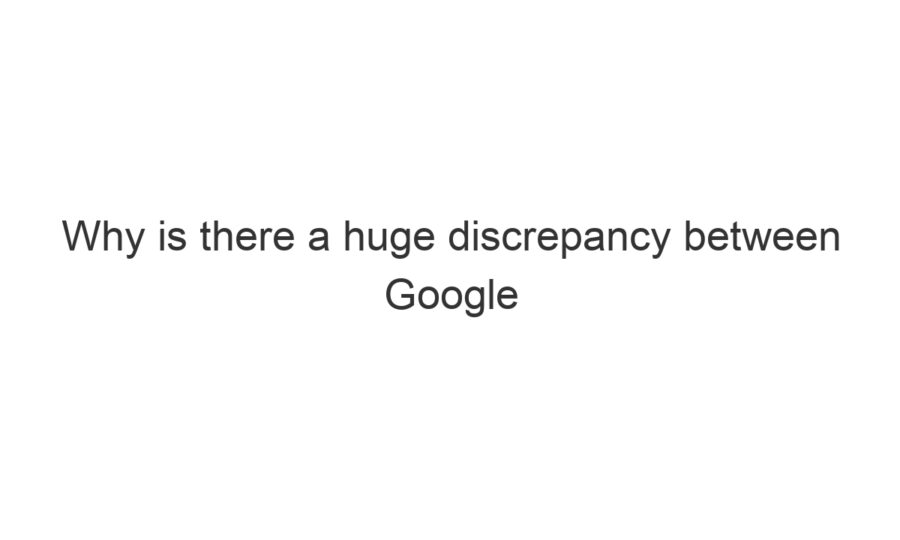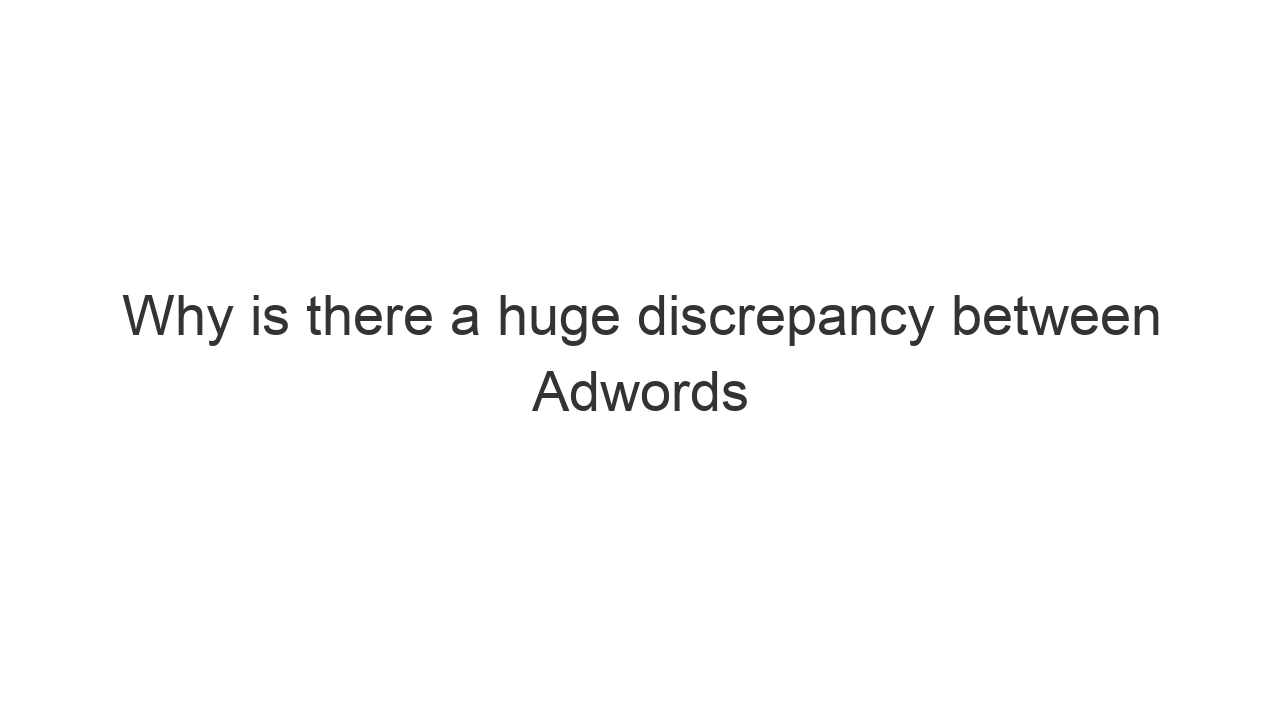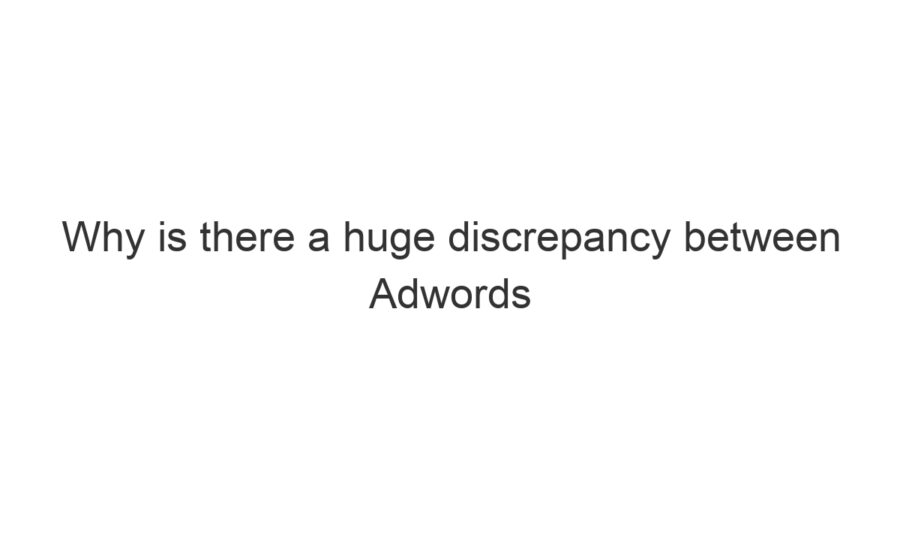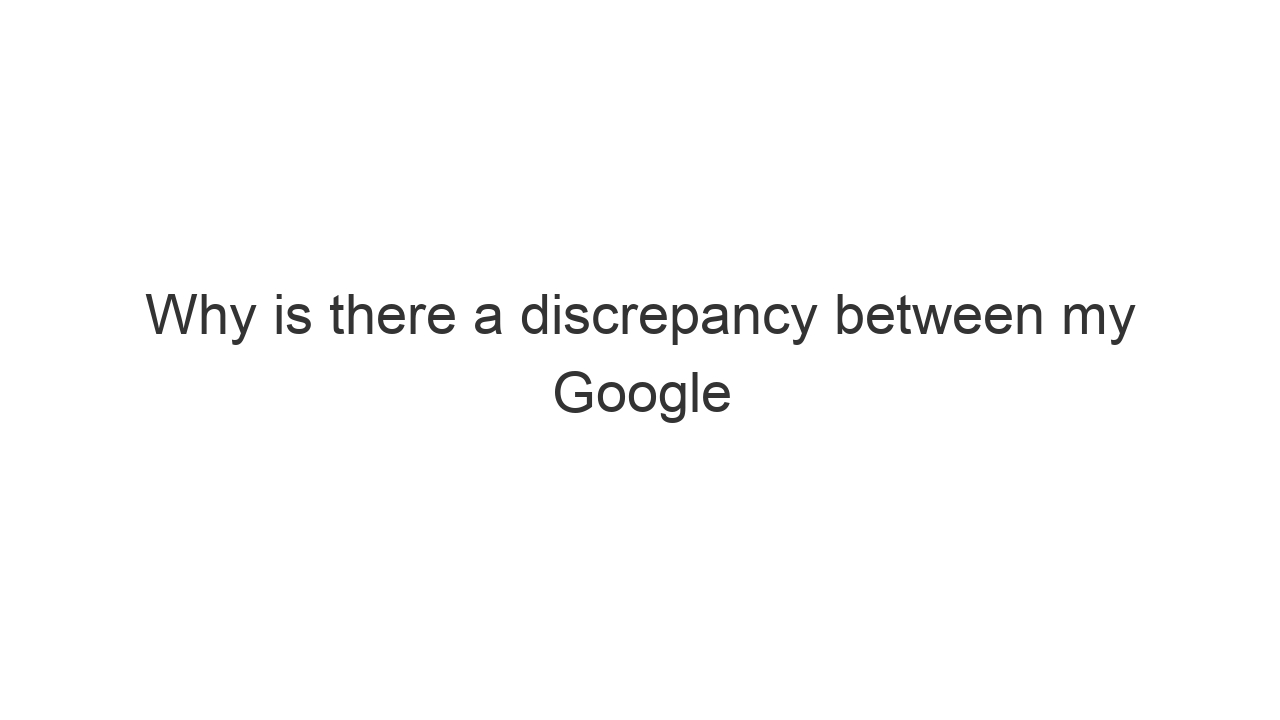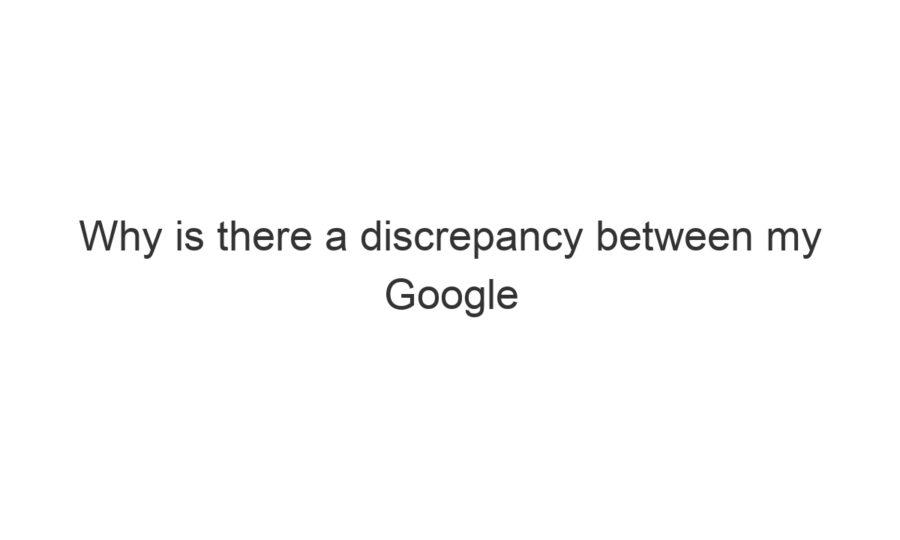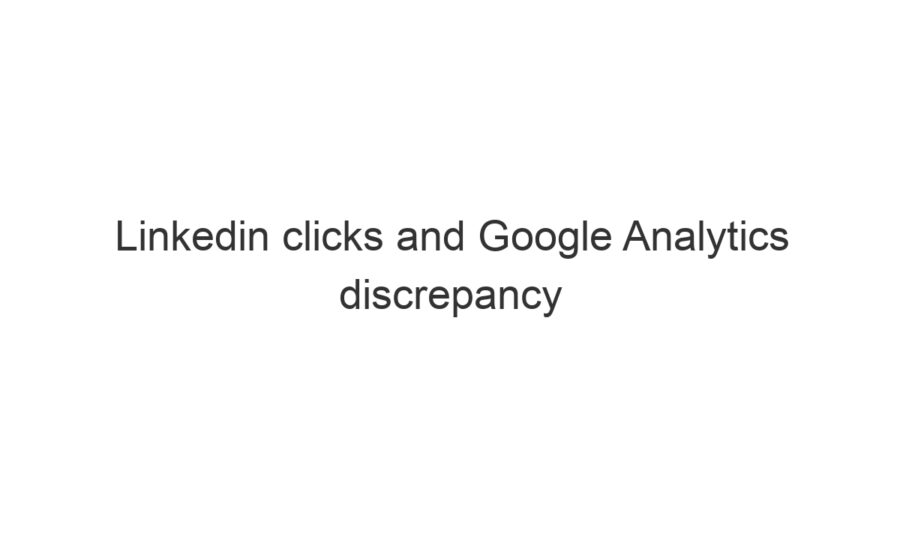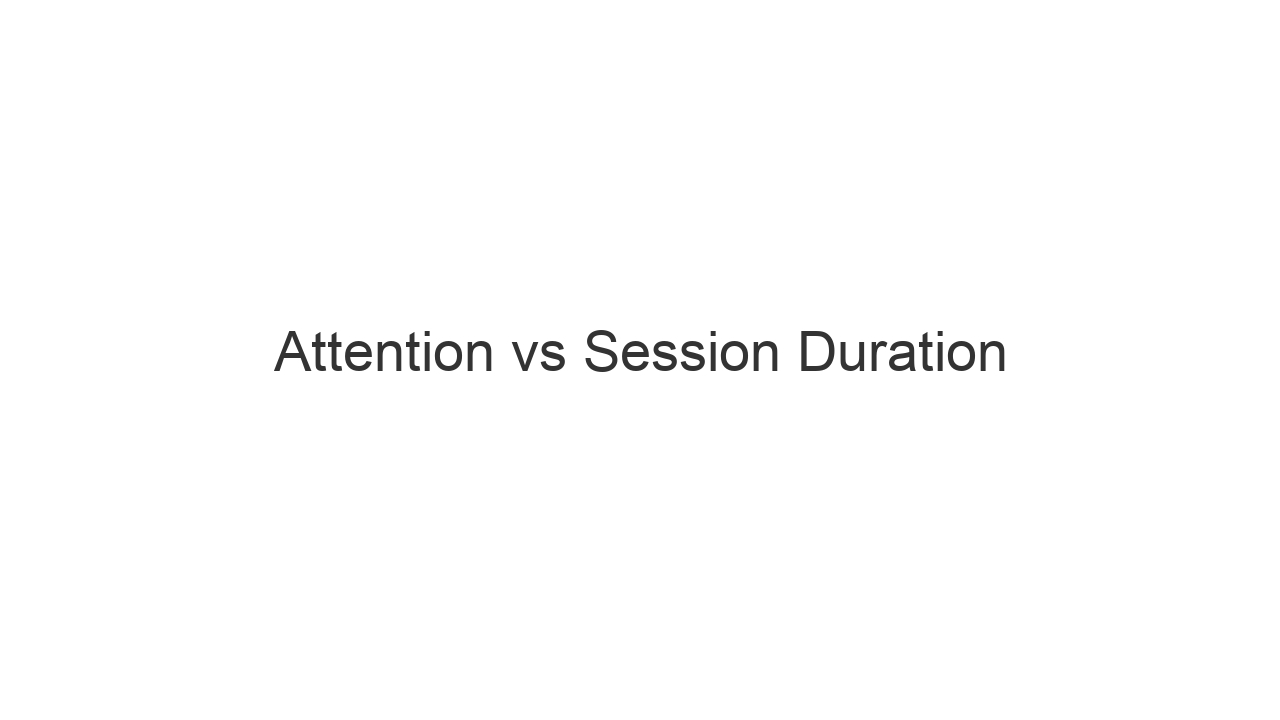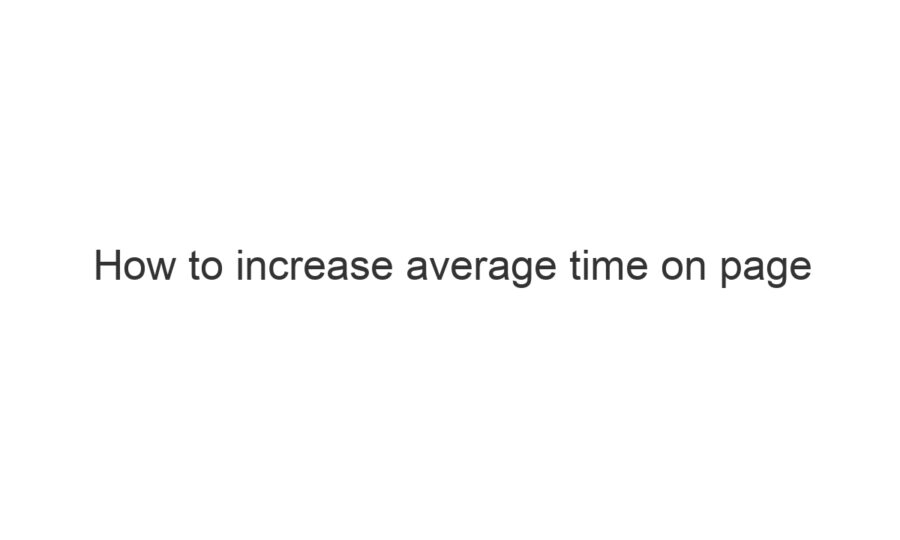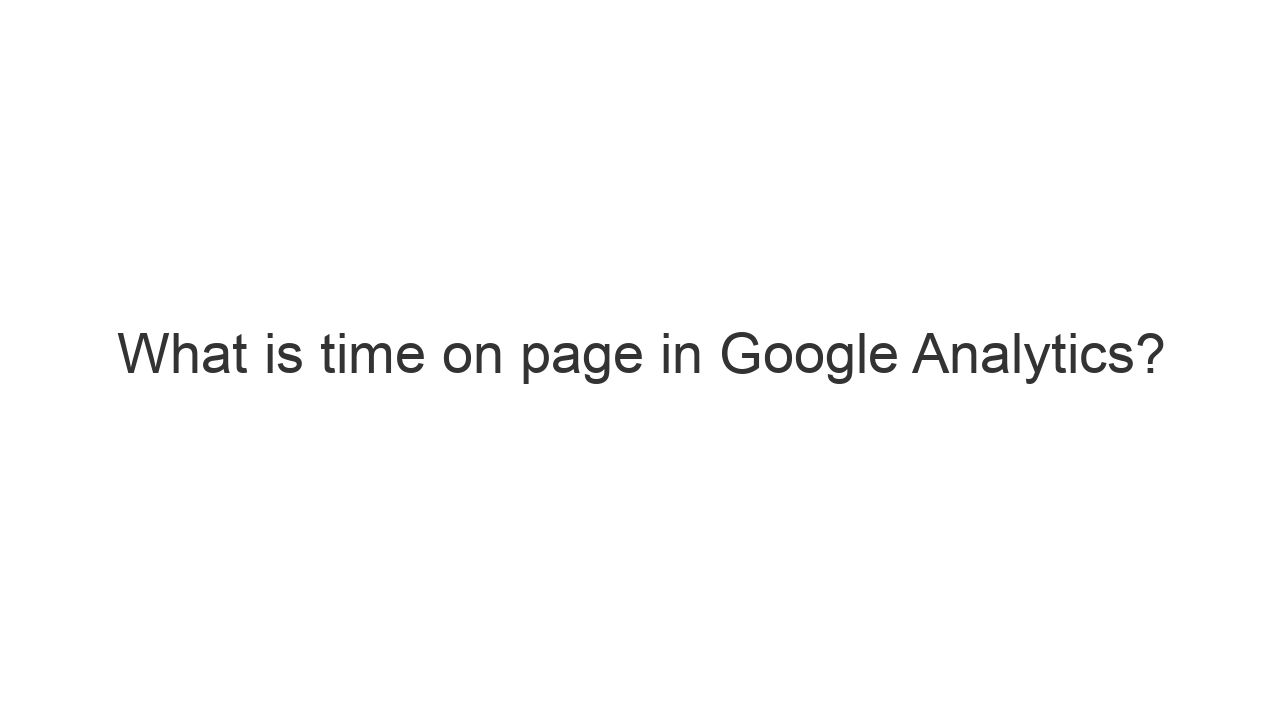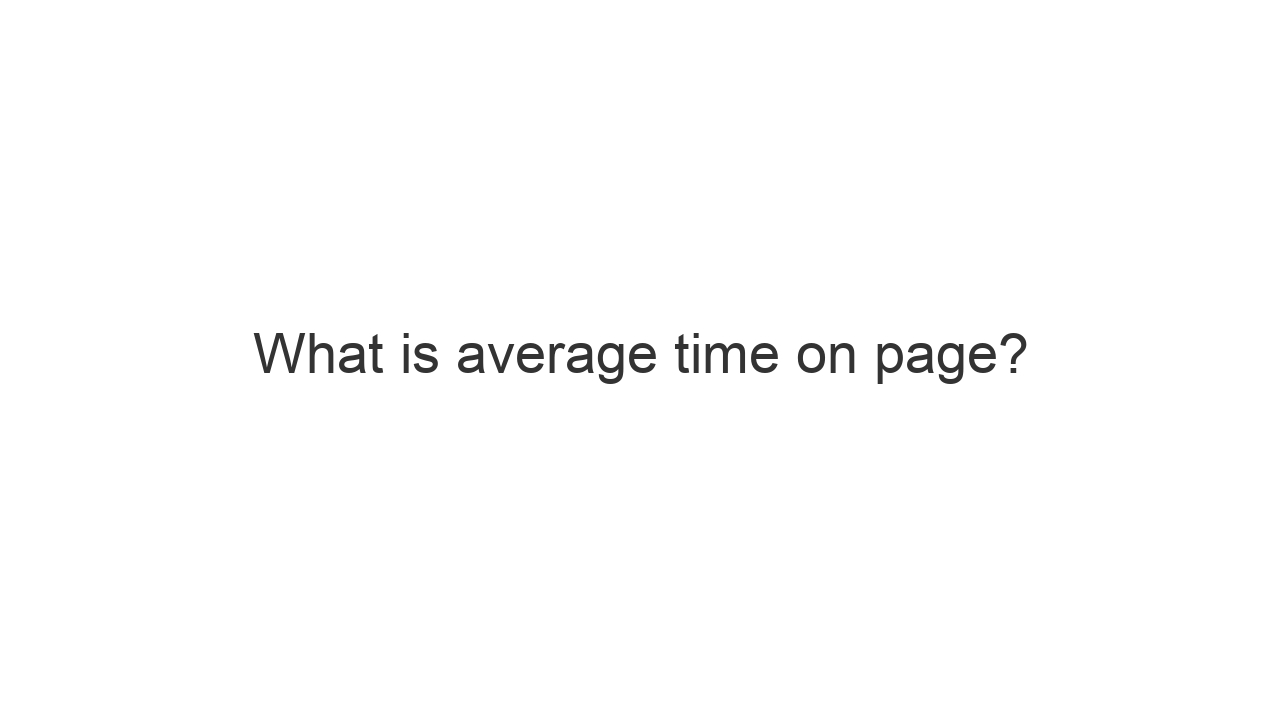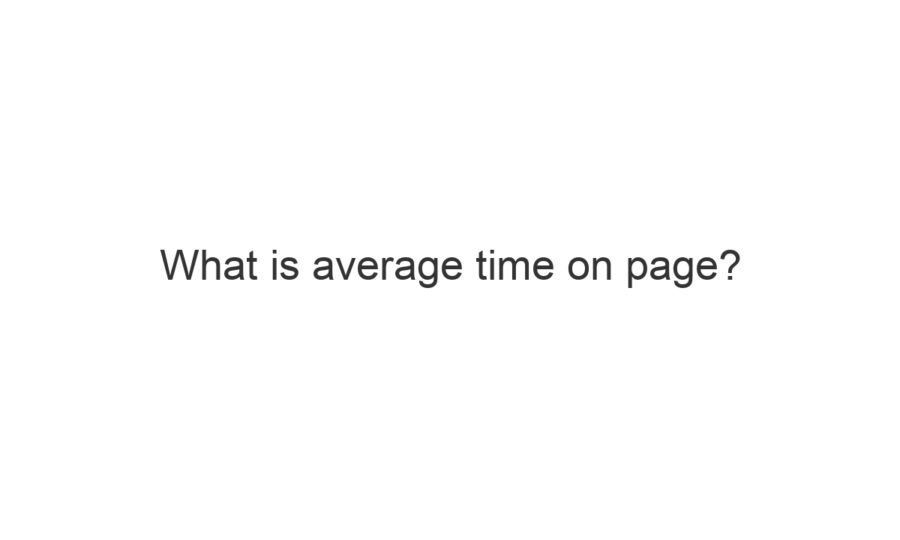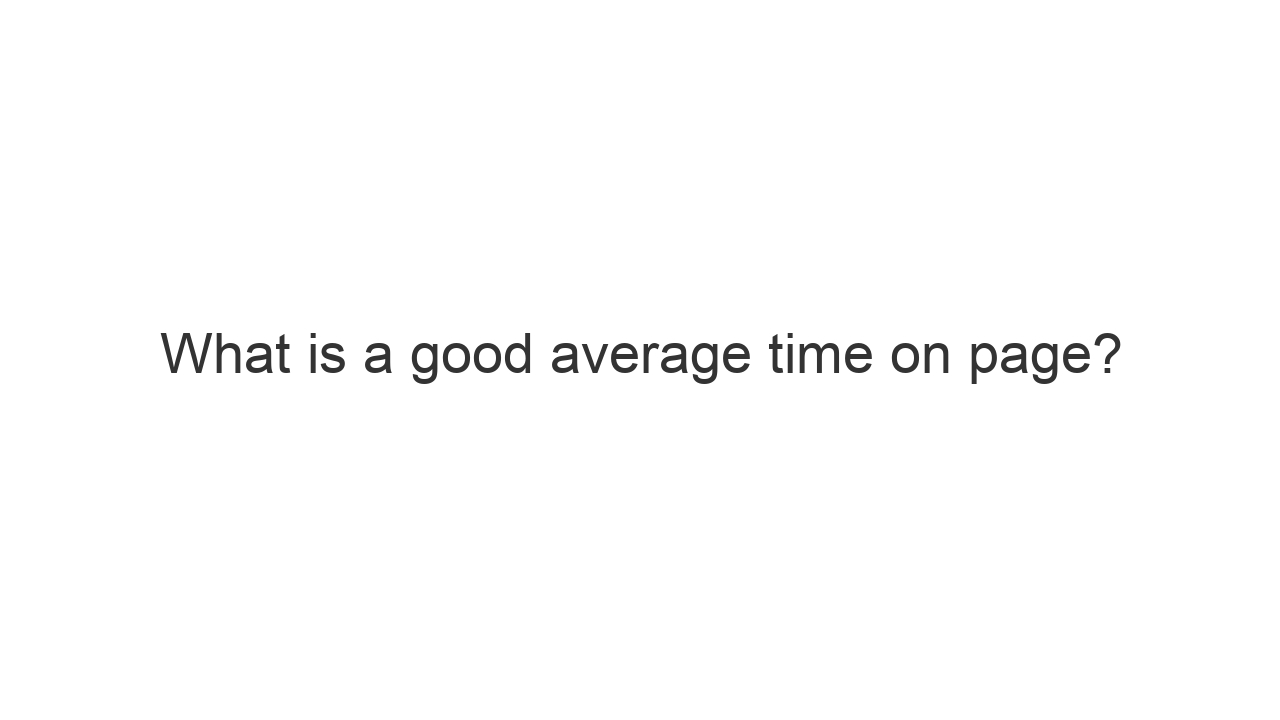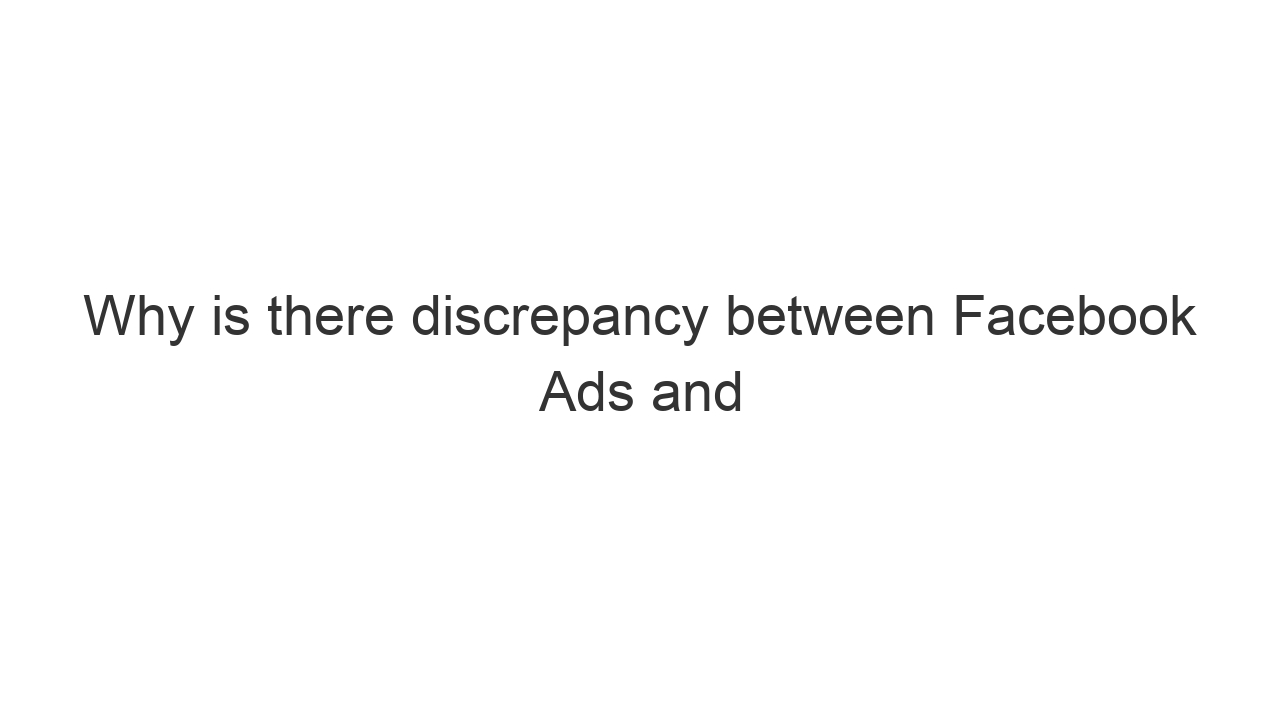
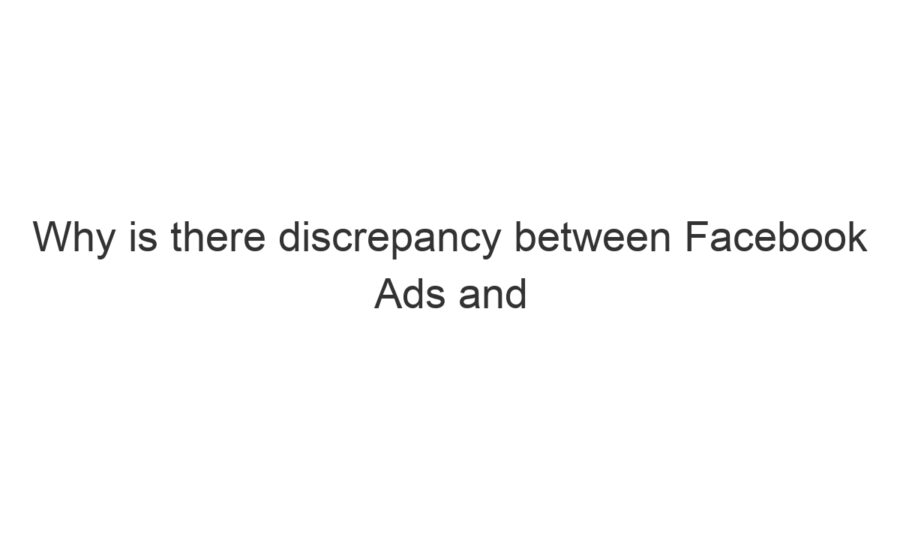
Why is there discrepancy between Facebook Ads and Google Analytics?
Facebook Ads is measuring clicks that clicked on your ad, and Google Analytics measures users that load the tracking javascript. After clicking the ad, some users will stop, close the browser or hit the back button, before the page loads and/or before the tracking javascript has loaded. This causes the discrepancy between Google Analytics and Facebook Ads. The reasons for discrepancies can include: Accidental clicks People hit stop before the page has loaded, or close the tab People load the… Continue reading
 Skip to content
Skip to content